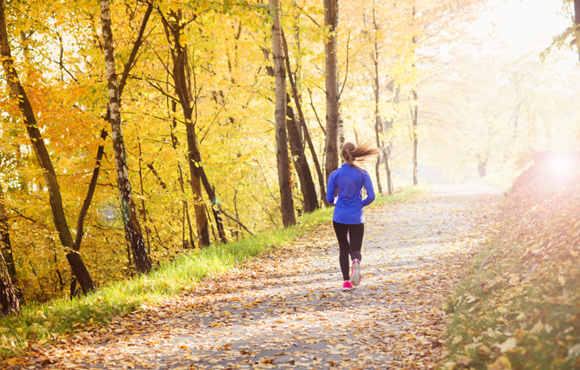Written by Stephanie Sutton, MD
This week we have invited Stephanie Sutton MD as a guest blogger. Dr. Stephanie Sutton is a Psychiatry resident with the UNMC/Creighton Medical Centers in Omaha. In 2014 she graduated With Distinction from UNMC College of Medicine. She has a special interest in physical and mental wellness so we are delighted to include her blog this week and hope to have more from her in the future. Her blog “Slow Down the Aging Process” is Part 1 of a two part series on exercise and the aging process.
Now that the weather is getting a little bit cooler and the scorching heat of summer is behind us, it is a great time to put on your sneakers and exercise outside. There are numerous benefits to exercise including aiding our cardiovascular, respiratory, and musculoskeletal systems. The metabolic benefits include maintaining or losing weight and increasing our resting metabolic rate. Healthy weight and exercise can help keep our skin looking good. Exercise has also been shown to aid our mood, decrease our stress level, and help with sleep.
Besides all of the advantages listed above, exercise can help slow down the aging process. Studies have shown that exercise strengthens our immune system, puts us at lower risk of cancer, and can make us look and feel better overall.
Details to keep in mind regarding exercise include frequency, intensity, duration, and type. The Center for Disease Control and Prevention (CDC) recommends both aerobic activity and muscle strengthening. They recommend 150 minutes of moderate-aerobic activity every week, which is the equivalent of 30 minutes five days per week. And don’t forget muscle strength training at least two days per week. Ways to exercise outside include: walking, running, biking, swimming, playing tennis, playing basketball, or walking around the golf course. If you are going outside to exercise, don’t forget your sunscreen, sunglasses, and hat!
References: UpToDate.com




Leave a Reply